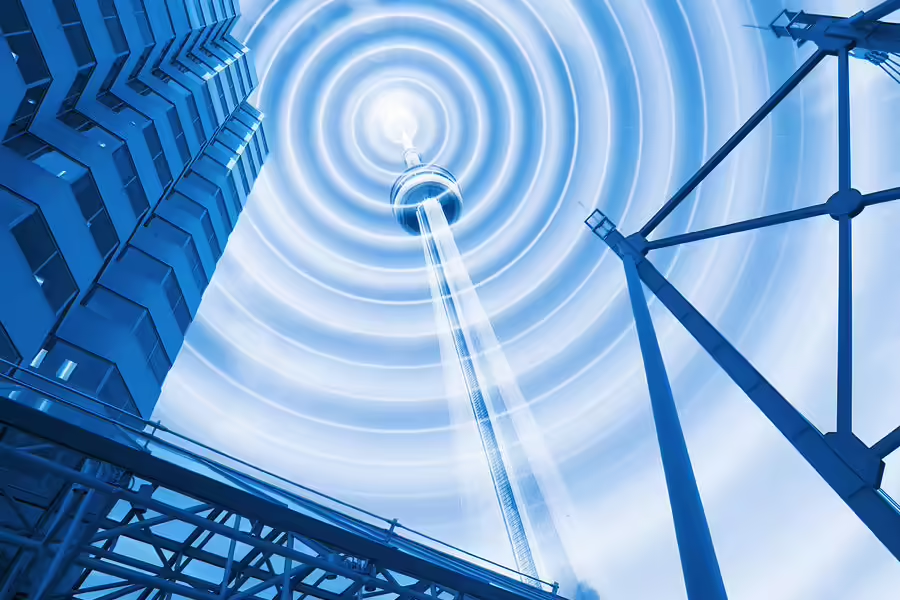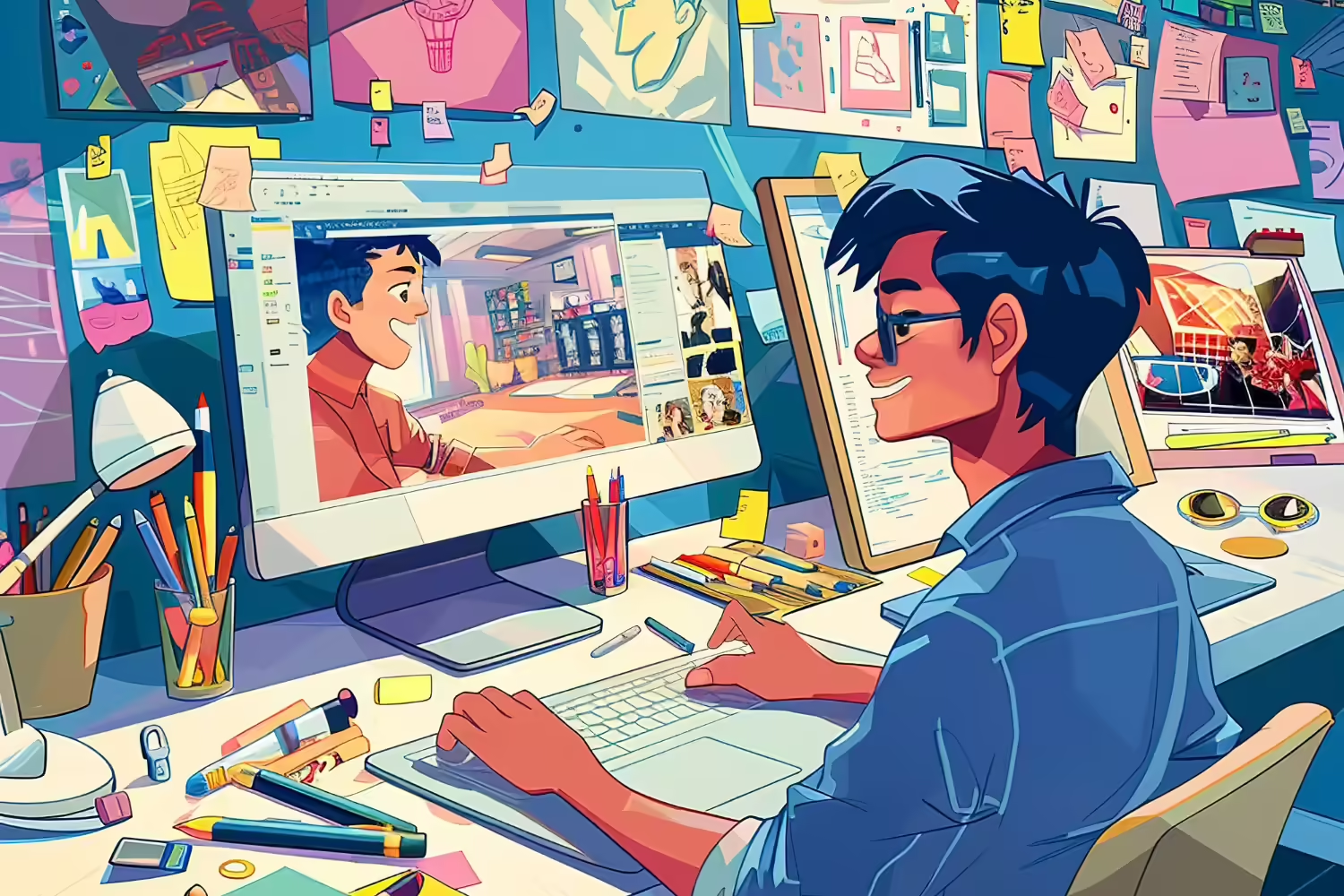The traditional rules of aesthetics are being rewritten. What was once considered “ugly” or “unappealing” is now being strategically used to create a sense of disruption and intrigue. This shift challenges our preconceived notions of beauty and forces us to reconsider what truly captures our attention.
The Psychology Behind Anti-Aesthetics
Anti-aesthetics tap into our innate curiosity and desire for the unexpected. In a sea of sameness, something that breaks the mold is bound to stand out. This approach can also convey a sense of authenticity and rawness, resonating with consumers who are tired of overly polished and inauthentic marketing messages.
Take Glitch art, for example. This aesthetic intentionally employs digital errors and distortions to create a sense of chaos and unpredictability, breaking away from the polished look we’re used to. Or consider how many brands are increasingly incorporating memes and internet humor into their marketing campaigns, often utilizing deliberately low-quality visuals and absurd humor to connect with audiences in a more relatable and engaging way. Even in web design, we’re seeing a rise in brutalism, a style that features raw, unadorned elements, exposed grids, and a focus on functionality over aesthetics.
While anti-aesthetics can be a powerful tool for capturing attention and standing out, it’s important to use this approach strategically. If not executed well, it can backfire and alienate your target audience.
When done right, anti-aesthetics can help you:
- Break through the clutter: In a crowded marketplace, unconventional design can help you get noticed.
- Create a sense of authenticity: By embracing imperfection, you can connect with consumers on a more human level.
- Generate buzz and social sharing: Anti-aesthetics can spark conversation and encourage people to share your content.
As consumers become increasingly savvy and resistant to traditional marketing tactics, we can expect to see even more brands experimenting with anti-aesthetics. This trend is a reminder that beauty is in the eye of the beholder and that sometimes the most effective way to capture attention is to break the mold.
Don’t be afraid to challenge the status quo and embrace the unconventional. In a world where everyone is striving for perfection, sometimes the “ugly” can be the most beautiful thing of all.
Related Posts
How Can AIDC Significantly Boost Your Marketing Performance?
Forget smoke and mirrors; modern marketing spells rely on a different kind of sorcery – Automatic Identification and Data Capture (AIDC). It's the secret sauce turning everyday interactions into personalized experiences.
Capability vs. Capacity
A.I. won't replace human. Human who knows how to use A.I. will. Now, before you roll your eyes and think, "Oh great, another jargon-filled lecture," hold on, this isn't some jargon-filled downer. This is about to ignite a spark in your thinking!
From Code Newbie to Content Captain
So you're a marketing whiz with a message to share, but coding? Not your forte. Fear not, fellow wordsmiths! There's a website builder out there for everyone, no coding skills required. Let's explore a few options.



